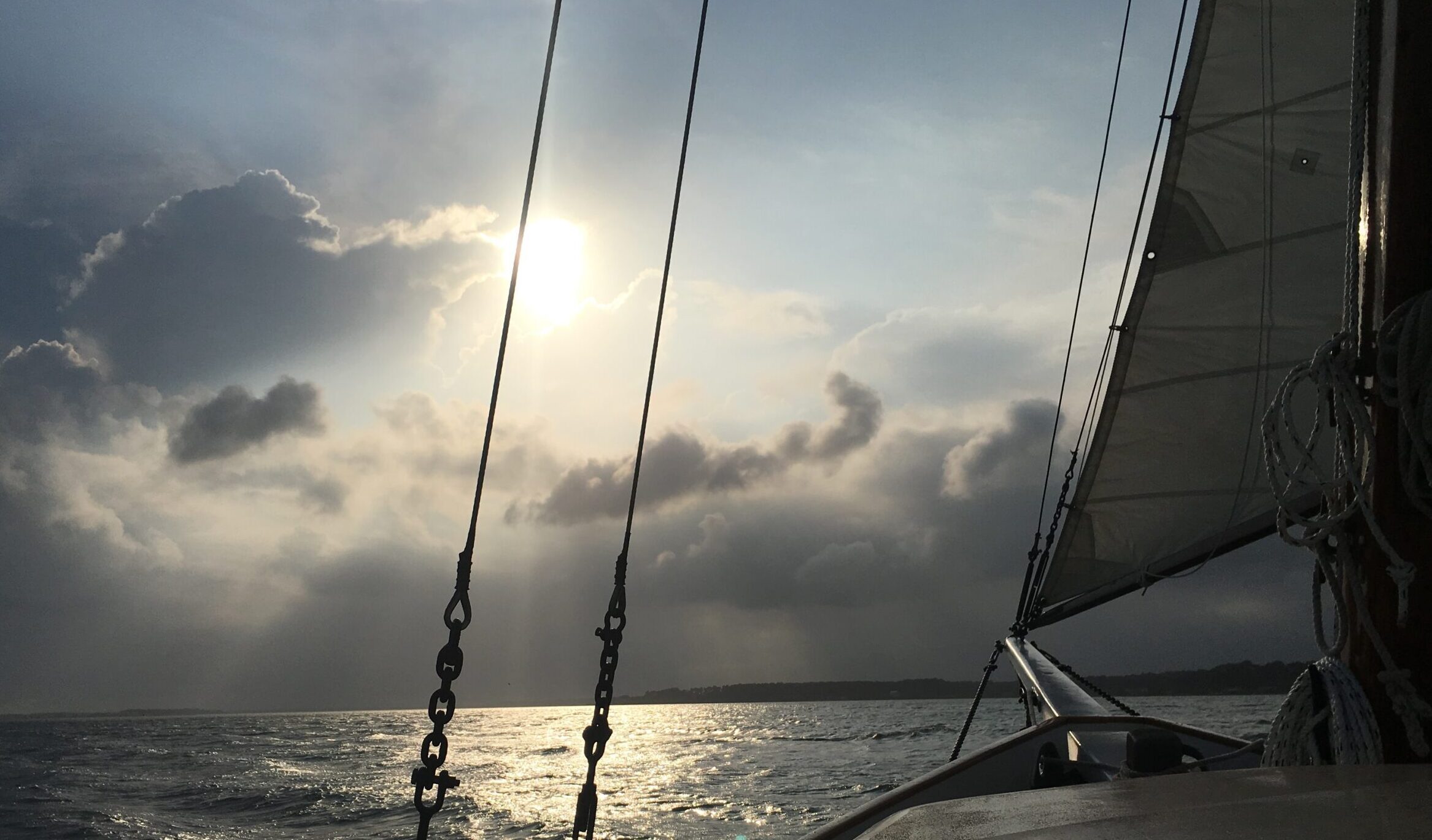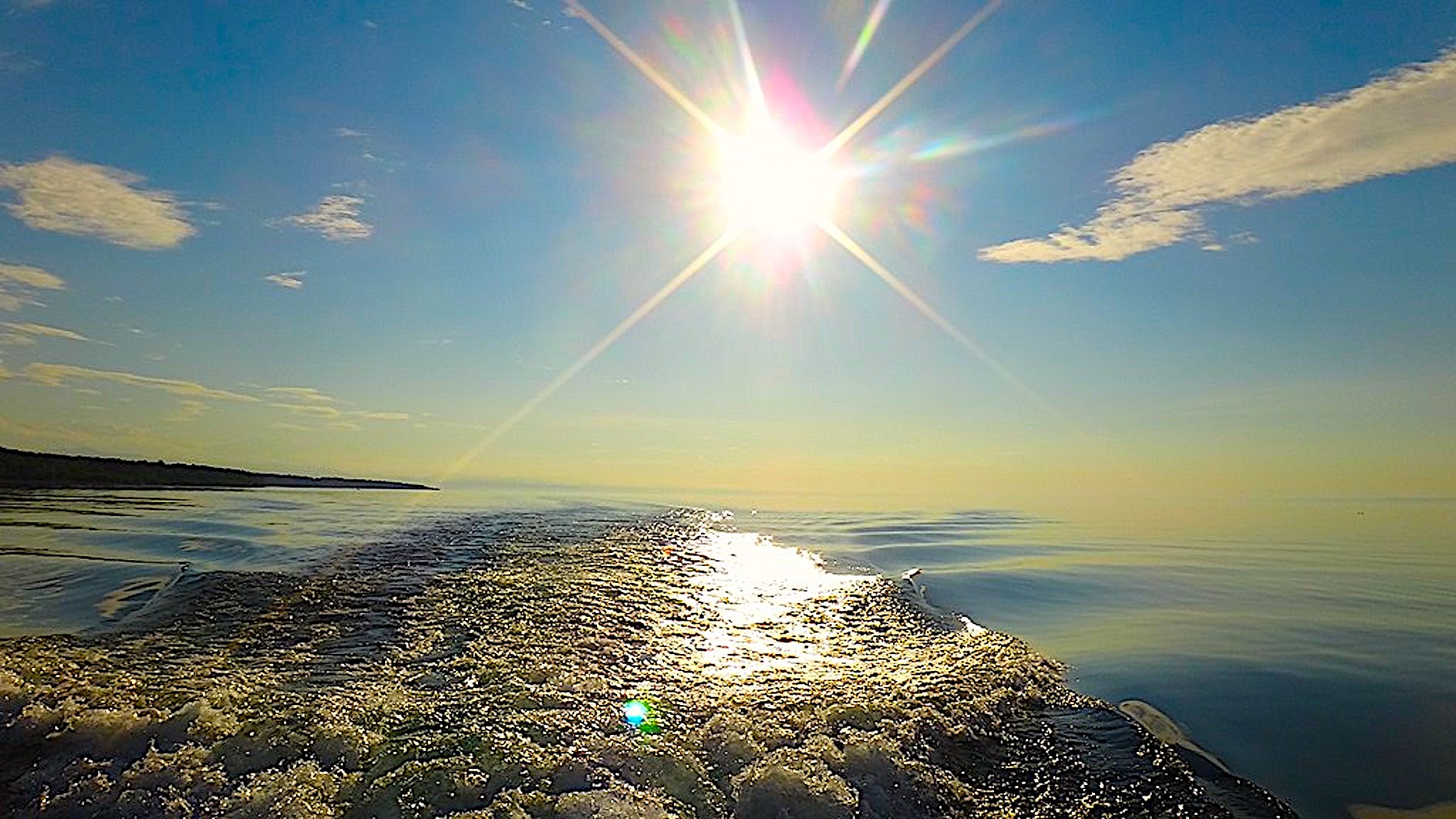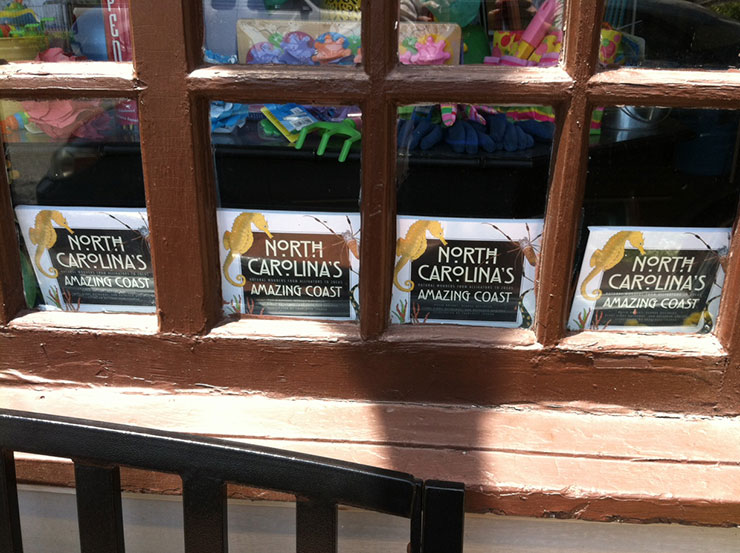FROM THE EXECUTIVE DIRECTOR: Ushering in a Season of Movement, Opportunities


Isn’t summer supposed to be a low-key time? Apparently North Carolina Sea Grant didn’t get that memo. I was just waiting for a break in the action from this spring’s visits with partners across the state and proposal reviews to catch my breath and unpack my boxes. Perhaps I’ll get to those this fall, because while school may be out for the university system, we are in the midst of following up on a range of Sea Grant program review activities and program development opportunities.
The review panel from the American Association for the Advancement of Science, or AAAS, that examined the marine and coastal programs within the University of North Carolina system, including Sea Grant, has released its final report. This review included a series of site visits in 2013. It was conducted at the request of the UNC General Administration, or UNC-GA, in a fiscal climate that requires the state university system to closely examine programs for efficiency, effectiveness and execution under constrained funding situations. Thanks to UNC-GA Vice President Chris Brown and Associate Vice President Courtney Thornton for facilitating the process.
Eight campuses or programs across the UNC System were included: East Carolina University, Elizabeth City State University, North Carolina State University, UNC Chapel Hill, UNC Wilmington, Western Carolina University, the Coastal Studies Institute and Sea Grant. In summary, the report provides 14 recommendations to strengthen UNC marine-related activities across the university system in the following areas: Statewide Planning and Coordination, Reducing Barriers for Research and Academic Collaborations, Marine Science Activities Planning, and Communications. The AAAS panel indicated that there were no areas where there was redundancy, with each program filling a unique niche of their own in the field.
The national experts highlighted several Sea Grant strengths: explicit engagement efforts with local communities that bring significant value to the state and its residents; excellence in translating science into economic benefit for the people of North Carolina; and excellence in public outreach and educational programs. In June, the UNC Board of Governors received the report and summary presentations. The next step involves working with UNC-GA to engage stakeholders in discussing the review results and developing an implementation plan to ensure that North Carolina will continue to excel and also to truly develop into a national leader in marine-related research, education and community service.
You can find the details of the AAAS report and recommendations at www.northcarolina.edu/research/initiatives/CoastalandMarineSciences.htm.
As we look ahead to 2020 and beyond, I would like to take a moment to acknowledge the forward-looking vision of former Governor James Holshouser, who recently passed away. In the early 1970s, Gov. Holshouser supported the Coastal Area Management Act, which provided the basis for protecting coastal resources. Then Sea Grant Executive Director B.J. Copeland recalls Gov. Holshouser’s support of Sea Grant’s role in providing marine research and outreach to responsd to those initiatives. Certainly one of the legacies for the state will be the foundational support Gov. Holshouser provided to establish an effort to maintain the long-term quality of our coastal environment.
As we wind our way through the humid N.C. summer, take a moment to relax and “travel” to the highlighted coastal historic sites or enjoy a great book (and share it with your family) explored in this edition — all from the comforts of your back porch. I’ll see you there.
P.S. Thanks for the great feedback on the feature article about my return to North Carolina. Several readers have requested the source of the map that was used in the background of the opening spread. The image was pulled from ESRI GIS mapping software. This application is used by Sea Grant researchers, staff and partners, such as the Albemarle-Pamlico National Estuary Partnership funded by the U.S. Environmental Protection Agency.
This article was published in the Summer 2013 issue of Coastwatch.
For contact information and reprint requests, visit ncseagrant.ncsu.edu/coastwatch/contact/.
- Categories:


